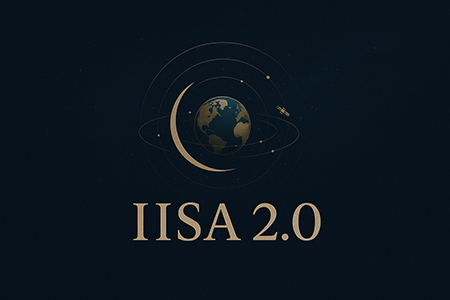Tajikistan and Uzbekistan have never been the coziest of neighbours, but Tajikistan’s President Emomali Rahmon’s ongoing energy-vanity project has pushed tensions to the edge of war.
The Rogun Dam is Rahmon’s 3600 MW dream and, if ever completed, will be the world’s tallest dam, at 335 meters. The scale of the project alone raises financial, environmental and social concerns. The sources of the project’s financing remain unclear, which is notable, as the dam’s construction will cost an estimated US$ 3 – 5 billion, or roughly 50% of Tajikistan’s GDP. Questions linger about how a project of such magnitude will be financed in Central Asia’s poorest nation, and if such a monumental structure can be built safely under circumstances of dubious financial transparency. In light of these economic uncertainties, the World Bank conducted a feasibility study in 2014, which ultimately gave the project a nod of approval as the best way for Tajikistan to end its debilitating energy shortages.
Despite the World Bank report’s green light for the economic benefits and feasibility of constructing the Rogun Dam, social and environmental concerns remained. The World Bank’s perhaps overly optimistic assessment was followed up by a 2014 Human Rights Watch report, which found that the dam’s 170 square kilometre flood zone would force the relocation of about 42,000 people. Additional opposition was voiced by Tajikistan’s northern neighbour; Uzbekistan loudly protested the World Bank’s findings, insisting that the dam could endanger millions in the event of an earthquake. Earthquakes are all too frequent in Tajikistan, a country that the US Geological Survey describes as one of the “most seismically hazardous regions on Earth”.
Top Uzbek officials, however, had more on their minds than earthquakes when they lambasted the World Bank’s report as “unacceptable”, “complete nonsense”, and a “shallow and unprofessional approach”. The Rogun Dam will harness the hydro power of the Vakhsh River, a tributary of the Amu Darya, which will impact the volume of water flowing downstream into Uzbekistan. Uzbekistan’s economy, heavily dependent on its cotton industry, relies on water from the Amu Darya. As cotton is a particularly water-intensive crop, the need for the river’s continued flow is critical to the country’s agricultural sector, which has suffered in recent years from soil degradation and aridity. Major droughts in 2000, 2001, and 2008 caused artificial reservoirs in Karakalpakstan, the country’s most agriculturally-dependent region, to dry up. Furthermore, the gradual disappearance of the Aral Sea seriously impacts the Uzbekistan’s agricultural output. Reportedly, over 150 million tons of salt and dust are carried off the Aral Sea’s dried seabed and dropped again in salt showers, creating extreme salinization of irrigated land. The deterioration of Uzbekistan’s arable soils is of particular concern for the country’s social stability, as 27% of the working population is employed in the agricultural sector and the vast majority of Uzbekistan’s 31 million population lives in the countryside.
For these reasons, Uzbekistan’s President Islam Karimov in 2012 insinuated that the Rogun Dam’s continued construction could lead to “not just serious confrontation, but even wars”. So far, Russia has flip-flopped on the Rogun Dam: in 2009 it disapproved of the project, but and in 2014 following the World Bank report, expressed its support of the project. So far, China remains silent on the Rogun problem, issuing support for neither the Tajik project nor Uzbekistan’s claims.
If Tajikistan continues to move forward with Rogun’s construction, as it plans to, Uzbekistan may take military action to dismantle the project. Uzbekistan possesses Central Asia’s largest military force, which it deployed in Tajikistan during the Tajik civil war of the 1990s. Uzbekistan will not hesitate to do so again in order to protect its interests and its struggling economy. Militarized conflict with Tajikistan is a no-win scenario for all parties. Tajikistan’s stability is of critical importance to Russia, who watches Tajikistan’s southern neighbour, Afghanistan, with growing concern, and to China, who has its eye on both Afghanistan and its tumultuous Xinjiang province, which shares an eastern border with Tajikistan.
As China amps up its One Belt One Road strategy, which relies on an interconnected Central Asia in transportation and economic arenas, finding a solution to the Rogun Dam dispute is increasingly important. It is in the interests of all that the Dam will never be built, and Russian and China in particular should be eager to keep the dream of the Rogun Dam, just a dream.
